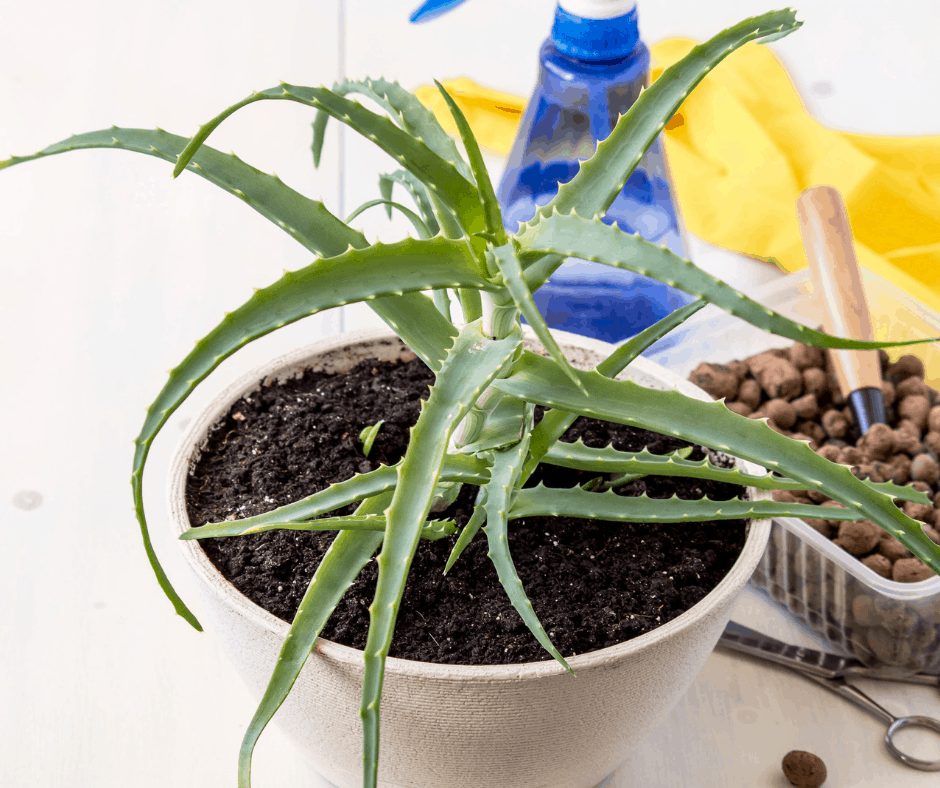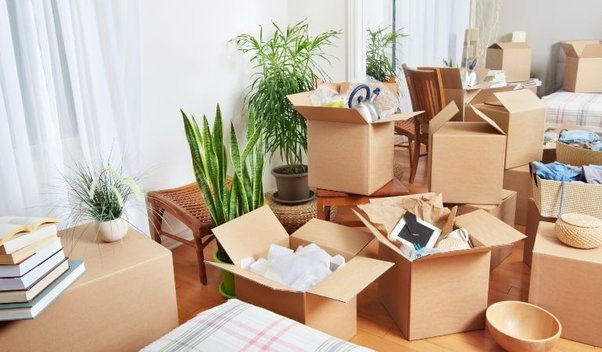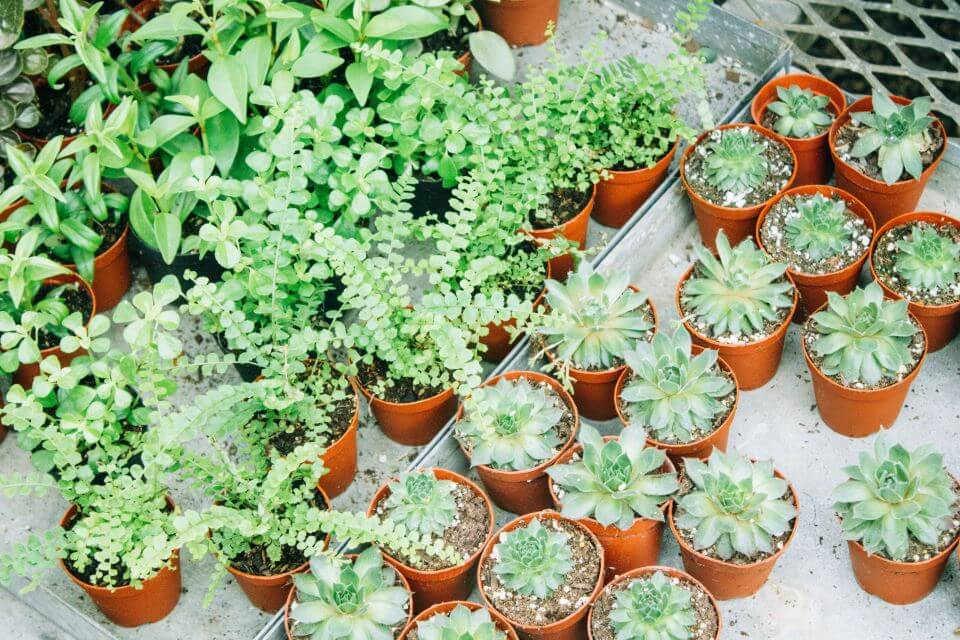How to Handle Plants Safely When Relocating
People love taking care of plants in their homes. It’s a way to bring life into the space and make it feel more like your own. Many plants can improve indoor air quality, and some can even help boost your mood. But when you’re moving, you must be careful about transporting them.
Here are a few tips on how to handle both indoor plants and outdoor plants safely when relocating:
Make sure the plant is healthy before you move it.
If it’s sick or dying, it’s not worth the risk of trying to revive it after a long journey. It’s best to leave leafy plants behind and start fresh with a new plant in your new home.
Pack the plant properly for transport.
Use a sturdy box or container that won’t crush the plant. Line the bottom with newspaper or packing paper to cushion it, and add some more around the sides for protection before you place plants.
Be careful when loading and unloading the plant.
Lift larger plants gently so you don’t damage the stem or leaves, especially if they are outdoor plants. If possible, have someone else help you carry it to avoid dropping it. This will help ensure protected plants during the moving process.

Acclimate the plant to its new environment slowly.
Please don’t put it in direct sunlight or where it will be drafty. Move it into brighter or dimmer light in your new garden or new location gradually for a week so the root system can adjust and retain moisture.
Water it regularly and watch it for signs of stress, like wilting leaves.
If you see any problems, consult a gardening book or website for troubleshooting tips. With a little care, your plant should be able to make a move with you and thrive in its new address even if you are not a real green thumb.

How to Plan Your Relocation When There Are Plants Involved
If you’re like most people, you probably have a few plants in your home that you’ve grown attached to. And, when it comes time to move, you may be wondering how to take care of your plants best so they can come with you to your new location.
Here are a few tips on how to plan your relocation when there are plants involved:
1. Start by researching whether or not your plants can tolerate the stress of being moved. Some plants are more fragile than others and may not survive the trip. You can prepare your plants ahead of time to reduce stress when moving house, you can try adding extra nutrients to the soil and keeping them out of the hot sun.
2. If you’re moving to a new climate, research which plant species will do well in that climate. Not all plants can thrive in every climate, so choosing ones that suit their new environment or new location is important.
3. Make a list of all the plants you’ll need to relocate and find out how large each pot will need to be. This will help you determine how much space you’ll need for your plants during the move.
4. Once you’ve determined which plants are coming with you, start packing them up a few days before the move. This will give them time to adjust to their new pots and surroundings.
5. On moving day, keep your plants away from areas subject to high-stress levels, such as the loading dock or storage unit. Do not mistake putting them inside packing boxes or plastic bags. Your babies need space to breathe, too.
These tips can help your plants make a safe and successful transition to your new home.

Which Types of Plants are Easy to Move?
If you’re planning a move and want to take your plants with you, it’s important to choose ones that will be able to tolerate the stress of being moved. Here are a few types of plants that are known for being easy to move:
1. Cacti – Cacti are very tolerant of moving and can even thrive in new environments.
2. Succulents – Succulents are another type of plant that is very tolerant of being moved and can often do well in new environments.
3. Snake plants – Snake plants are known for being very resilient and can often tolerate moving without any problems.
4. Spider plants are another type of plant that is relatively easy to move and can often do well in new environments.
5. Air plants are very lightweight and can often be moved without any problems.
Choosing plants known for being easy to move can help ensure that your plants make a safe and successful transition to your new home.

When Should You Move Your Plants?
If you’re planning a move, choosing the best time for your plants is important. Here are a few things to consider when deciding when to move your plants:
1. The time of year – In general, it’s best to avoid moving plants during the heat of summer or the cold of winter. Spring and fall are typically the best times of year to move plants.
2. The time of day – It’s important to consider when you’ll move your plants. If possible, it’s best to avoid moving them during the midday heat. Instead, choose a cooler time of day, such as early morning or evening.
3. The length of the move – If you’re moving a long distance, it’s best to start packing your plants up a few days in advance, giving them time to adjust to their new surroundings and pots.
By considering these factors, you can help ensure that your plants are moved at a time that will be best for them.

How Should You Pack Your Plants?
If you’re planning a move, it’s important to pack your plants properly so they can make a safe and successful transition to their new home. Here are a few tips on how to pack your plants:
1. Choose the right size clay pots
Be sure to choose pots that are large enough for your plants and have drainage holes in the bottom.
2. Add some soil
Before adding your plants to their new pots, add some fresh, loose soil. This will help them adjust to their new surroundings and provide them with the necessary nutrients.
3. Water your plants
Be sure to water them well before packing them, which will help them stay hydrated during the move. Remove any dead leaves and check the roots before the big move.
4. Pack them carefully
When packing your plants, use care, so they don’t get damaged. You may want to use bubble wrap or newspaper to protect them during the move.
Following these tips can help ensure that your plants are properly packed and make a safe and successful transition to their new home.

Can Professional Movers Help Relocate Your Potted Plants or Garden Plants
Whether you’re moving across town or the country, it’s important to take steps to ensure that your plants make a safe and successful transition to their new home. One way to do this is to hire professional movers with experience transporting plants.
Hiring professional movers for your plants is a great way to ensure their safety and well-being during a move. By taking the time to research and choose a reputable company and following the tips above, you can help ensure your plants arrive at their new home happy and healthy.

Our Removalist Services
Removalists Sydney
Removalists Melbourne
Removalists Melbourne to Sydney
Removalists Sydney to Melbourne
Removalists Melbourne to Adelaide
Removalists Adelaide to Melbourne
Removalists Melbourne to Canberra
Removalists Canberra to Melbourne
Removalists Melbourne to Brisbane
Removalists Brisbane to Melbourne
Related Moving Tips
The Best Residential Places in Melbourne and Why
Cost of Living in Melbourne: Exploring Why People Choose to Stay
How to Effectively Plan Your 2023 Move to Sydney
Complete Guide When Moving to a New City in Australia
The Dos and Don’ts of Moving to Another State
How to Manage Moving to Melbourne with Pets
A Complete Guide to Moving to Melbourne for Professionals
How Much Should You Bring With You When You Move to Brisbane?
The Pros and Cons of Moving to a Much Bigger House
15 Things You Should Know Before Moving to Brisbane
Common Reasons Why People Move to Sydney
How to Ensure Safe and Secure Interstate Moves
Moving To-Do List
Moving in hot weather
The Best Places to Live in Melbourne
How to donate furniture in Melbourne
Expert Advice When Moving Apartments
The Best Way to Move Mattresses
7 Reasons Why People Downsize their Homes



